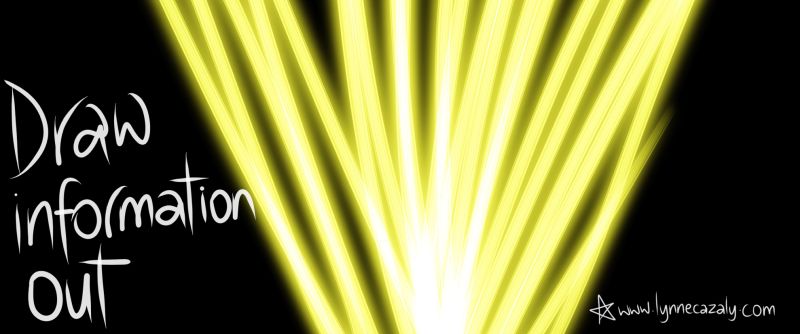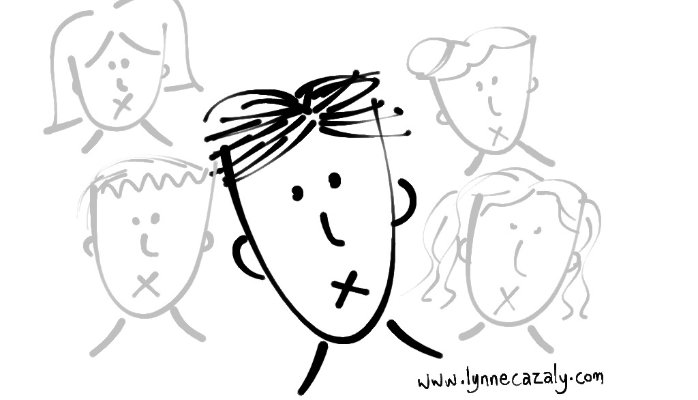The capability to facilitate...
 Monday, December 2, 2024 at 5:47PM
Monday, December 2, 2024 at 5:47PM
... it's increasingly becoming one of this decade's critical skills for managers and people leaders in business.
Any time you're with a group and need to achieve an outcome, you'll need facilitation skills, tools and techniques to help and guide that group.
These elegant, collaborative and engaging capabilities are no longer just for professional facilitators.
Business owners, executives, leaders and managers, as well as those who lead or work with groups in any situation are seeing and experiencing the benefits of being able to simply do group stuff better.
That is:
Coaches who need to work with a group.
Speakers who are speaking to a group.
Government officers who are meeting with a group.
Project managers who are consulting with a group.
Leaders who are leading a group, a team.
Most of us can do better at this.
That means:
🟡 better engage with a group or team,
🟡 draw information from that group, and then
🟡 help them collaborate to achieve an agreed outcome.
I've always got training programs running on my facilitation skills methodology - either public programs, online or for businesses and teams.
The next public program, live and online is:
January 16, 2025
9am - 4pm AEDT
Recordings available if you can't attend or want to rewatch/review.
Read more here
A past participant said: "This was one of the most valuable courses I have attended. Full of great tools, advice, ideas and thoughtful information. Facilitation skills delivered as learning experience in a new way - facilitation + experiential".



















